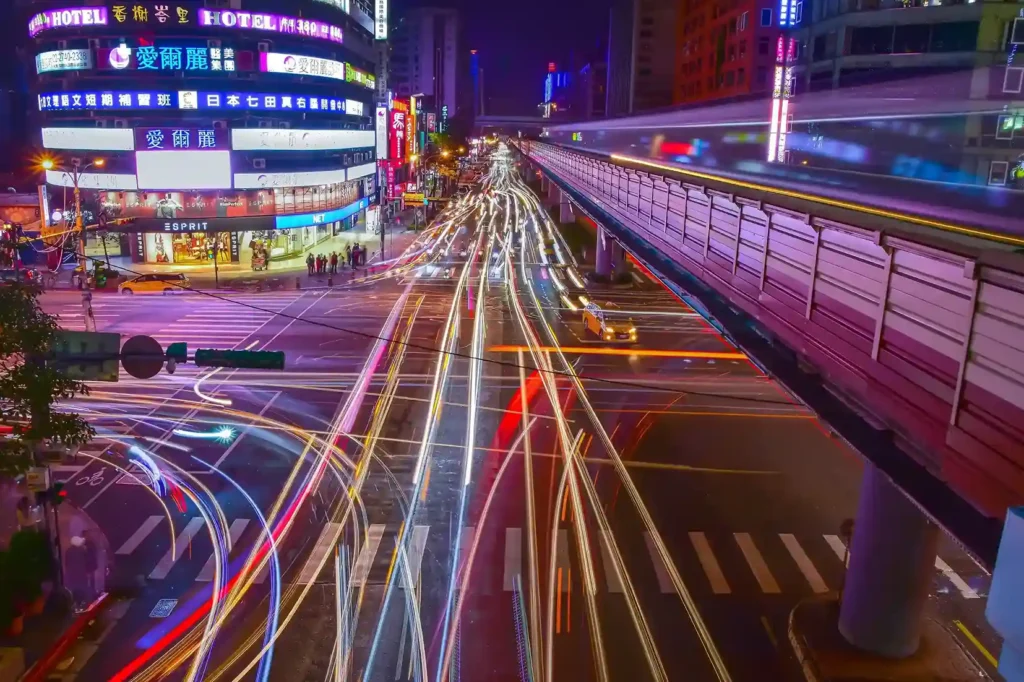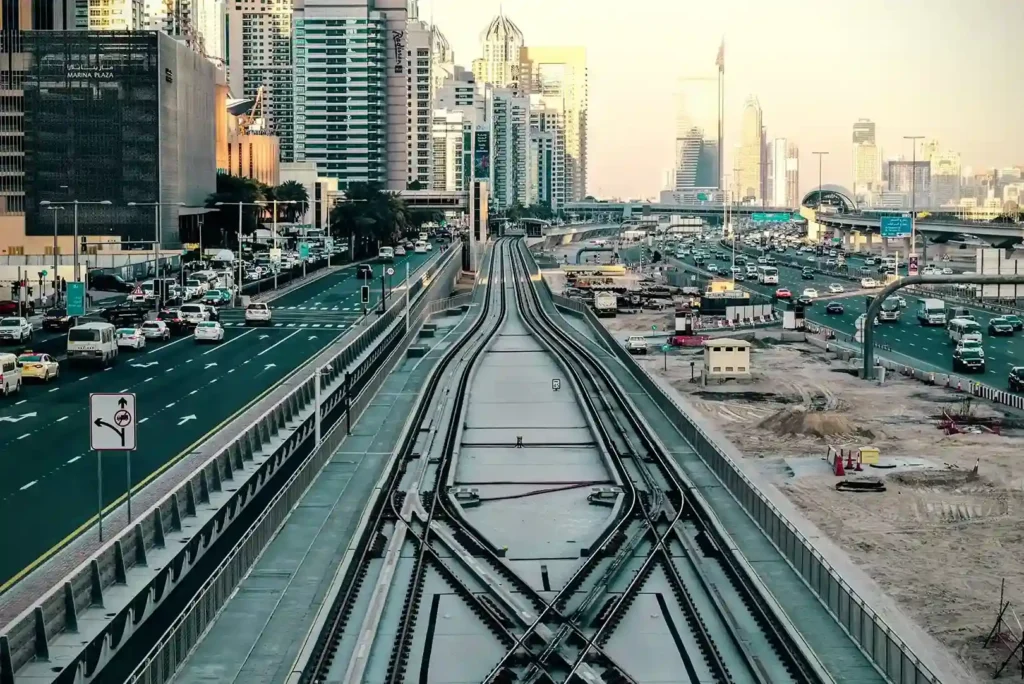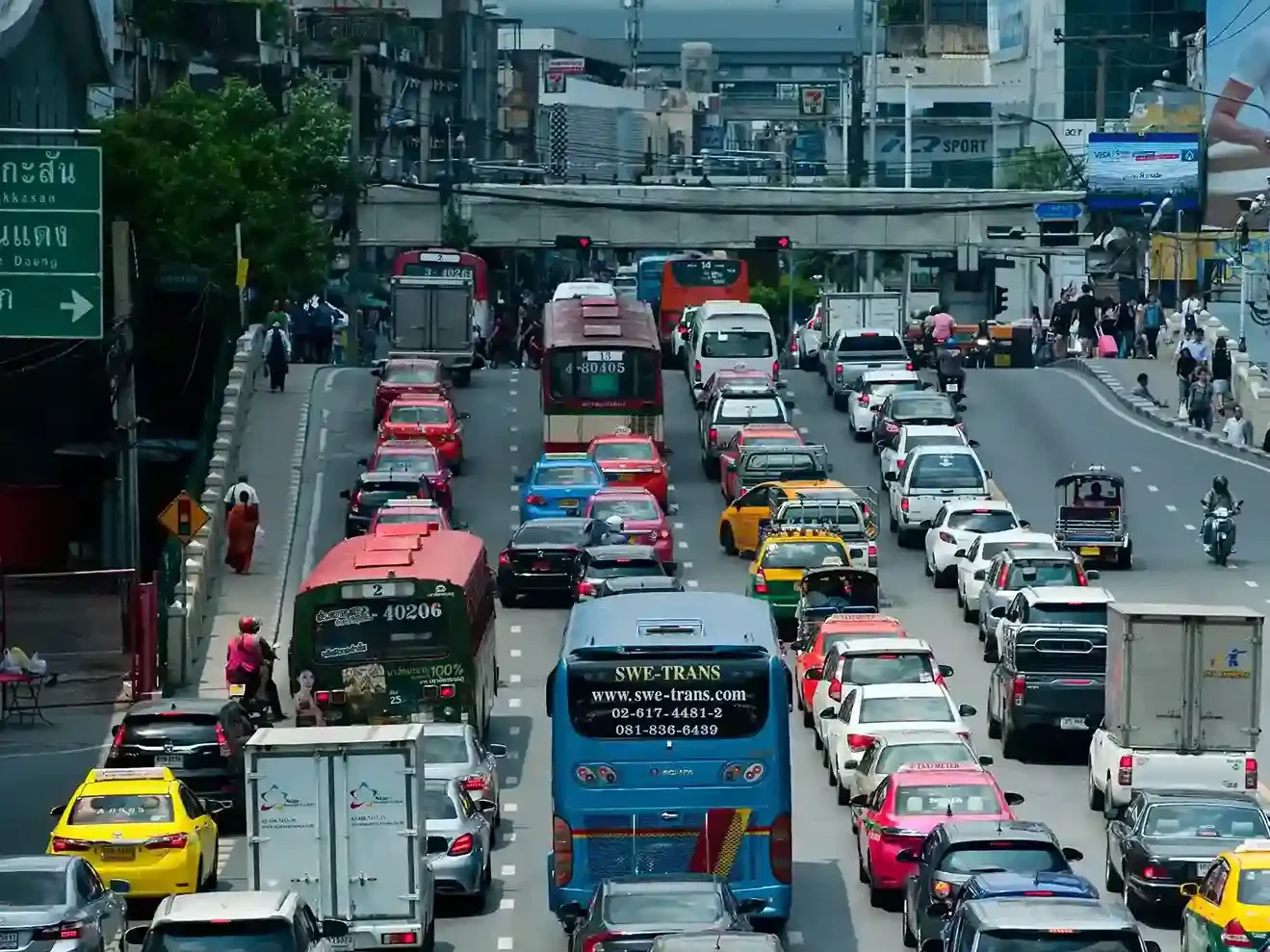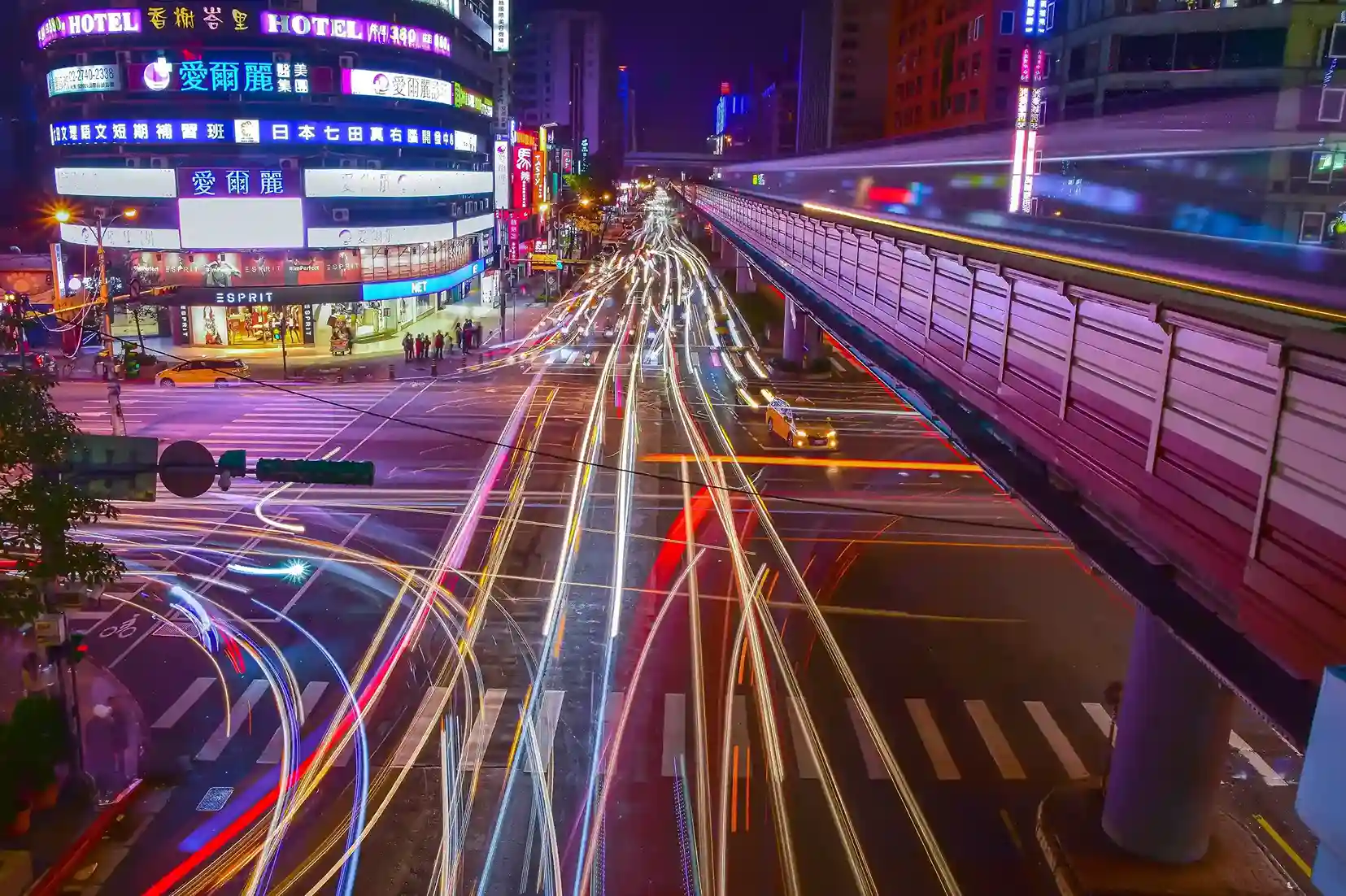In this evolving landscape of 21st century, the fusion of technology in transportation is giving rise to a new era of mobility, the smart transportation. The key catalyst behind this change is the advent of smart transportation systems – a confluence of cutting-edge technologies that promise to redefine the way we move, connect, and experience the world around us.

The concept of smart transportation goes beyond the mere evolution of vehicles, it stresses on a comprehensive revolution of transportation ecosystem. From intelligent infrastructure and connected vehicles to data-driven decision-making, the synergy of these elements is propelling us into a future where mobility is not just efficient but is seamlessly integrated into the fabric of our daily lives.
In this article, we will explore various ways in which smart transportation is poised to reshape our future. From the reduction of traffic congestion to the enhancement of safety, and from the optimization of energy usage to the empowerment of smart cities, the implications are profound and far-reaching. As we enquire about the transformative potential of smart transportation, it becomes evident that we are standing at the crossroads of a transportation revolution that promises not only to redefine our daily commutes but to fundamentally alter the way societies function and interact.
Table of Contents
What is Smart Transportation?

Smart transportation refers to application of new and advanced technologies, data analytics, connectivity solutions to optimize and enhance the current technique. The primary goal is to make transportation safe, sustainable and reliable for the user. Smart transportation systems leverage digital technologies to enhance the overall mobility experience and address challenges associated with traditional method.
Transportation ideas using advanced technologies
Advanced technologies have potential to transform the sector of transportation, making it more efficient, reliable and user friendly. these are a few transportation ideas that leverages advanced technologies:
Autonomous Vehicles and Ride-Sharing:
- Implement autonomous vehicle fleets for public transportation, reducing the need for individual car ownership.
- Integrate autonomous taxis and ride-sharing services to optimize routes and decrease traffic congestion.
Smart Traffic Management:

- Develop intelligent traffic control systems that use real-time data to optimize signal timings and reduce congestion.
- Implement dynamic lane management systems that adapt to traffic conditions.
Electric and Hybrid Vehicles:
- Encourage the use of electric and hybrid vehicles to reduce carbon emissions and dependence on fossil fuels.
- Build an extensive network of electric vehicle charging stations through smart grid technology.
Hyperloop and High-Speed Rail:
- Invest in high-speed rail networks or hyperloop technology to offer quick and economical long-distance transportation.
- With high-speed rail networks connecting major cities, travel can be done more quickly and sustainably.
Mobility as a Service (MaaS):
- Provide comprehensive Mobility as a Service (MaaS) platforms that combine different forms of transportation such as bike sharing, ridesharing, public transportation, and more.
- Give consumers the ability to simply plan, reserve, and pay for their whole trip using a single app.
Drone Delivery Services:
- Examine using drones to deliver goods the last mile, which can speed up delivery and lessen traffic.
- Establish automated drone delivery networks for essential supplies, particularly in hard-to-reach or remote locations.
Smart Parking Solutions:
- Install smart parking systems that provide real-time information on parking space availability using sensors and Internet of Things devices.
- Allow users to find, reserve, and pay for parking spaces ahead of time by integrating mobile apps.
Personal Rapid Transit (PRT) Systems:
- Examine the introduction of PRT systems, which are compact automated cars that run on a system of designated lanes.
- PRT systems eliminate the need for conventional public transportation networks by offering on-demand, point-to-point transportation.
Predictive Maintenance for Vehicles:
- Use data analytics and Internet of Things sensors to implement predictive maintenance programs for automobiles.
- Real-time vehicle health monitoring can minimize breakdowns and improve maintenance planning.
Augmented Reality Navigation:

- Provide real-time information and guidance for drivers and pedestrians via augmented reality (AR) navigation systems.
- By using interactive maps and information, AR can improve the experience of using public transportation.
Green Infrastructure and Eco-Friendly Roads:
- Create environmentally friendly roads that produce clean energy by integrating solar panels or piezoelectric materials.
- To control stormwater runoff and lessen your influence on the environment, use green infrastructure and permeable pavements.
These transportation ideas showcase the potential of advanced technologies to revolutionize the way people and goods move, making transportation more sustainable, efficient, and accessible for everyone.
Benefits of using technologies in transportation
Connectivity: Smart transportation relies on connectivity, allowing vehicles, infrastructure, and users to communicate with each other instantly. This could include broader concepts such as vehicle-to-vehicle (V2V), vehicle-to-electricity (V2I), or even the Internet of Things (IoT) to create connectivity and conflict.
Data analysis: Collection and analysis of big data plays an important role in smart transportation. Data analysis helps make informed decisions, improve traffic flow, predict maintenance needs and improve overall performance.
Smart Infrastructure: Infrastructure components such as traffic signals, road signs and parking lots are equipped with sensors and communication capabilities. This allows them to respond to changes and helps improve the overall efficiency and safety of transportation.

Autonomous Vehicles: Smart transportation often involves the integration of self-driving or self-driving vehicles. These vehicles use a combination of sensors, cameras and smart algorithms to navigate and make decisions without human intervention. Driverless cars have the potential to improve road safety and traffic.
Mobility as a Service (MaaS): MaaS is a concept that combines different types of transportation in an accessible and efficient way. Users can seamlessly plan, book and pay for different means of transportation through a unified platform that includes public transportation, car sharing, bike sharing and more.
Real-time information: Smart transportation provides users with real-time information such as traffic conditions, public transportation schedules and parking locations. This helps people make informed decisions about their travel and mode of transportation.
Energy Efficiency and Sustainability: Smart transportation makes energy efficient and provides solid targets by optimizing traffic flow, promoting integration, and encouraging the use of electric vehicles. This includes reducing emissions and reducing the environmental impact of transportation.
Safety Improvements: Advanced features including collision avoidance and intelligent driving management help improve the overall safety of transportation. Smart transportation technology aims to reduce accidents and improve emergency response capabilities.
FAQs on Smart Transportation
What is meaning of smart transit?
The term “smart transit” describes the incorporation of cutting-edge technologies, data-driven strategies, and creative methods to improve public transportation systems’ effectiveness, security, and customer experience. Utilizing technology to build a more interconnected, adaptable, and sustainable public transportation system is the aim of smart transit.
How is IoT used in transportation?
The Internet of Things (IoT) is revolutionizing transportation by enabling intelligent data exchange and seamless connectivity. It collects and disseminates real-time data, enabling predictive maintenance scheduling, optimizing traffic flow, and providing real-time updates on delays and schedules. This technology is being used in traffic management systems and public transportation systems.
Which type of technology is used in smart transportation?
Smart transportation uses advanced technologies like IoT, autonomous vehicle technology, V2X connectivity, data analytics, cloud computing, and mobile applications to optimize traffic flow, monitor vehicle health, and enhance efficiency. These technologies enable vehicles to navigate, make decisions, and communicate intelligently, improving safety and traffic management. They redefine the future of mobility.
What are the needs and objectives of intelligent transport system?
Intelligent Transport Systems (ITS) aim to improve efficiency, safety, and sustainability in modern transportation networks. They optimize traffic flow, improve road safety, promote sustainable transportation, and enhance user experience through real-time information systems, contactless payment methods, and integrated transit options. These systems contribute to building resilient, user-centric, and environmentally conscious transportation ecosystems.
Also Read




1 thought on “How smart transportation will reshape future”